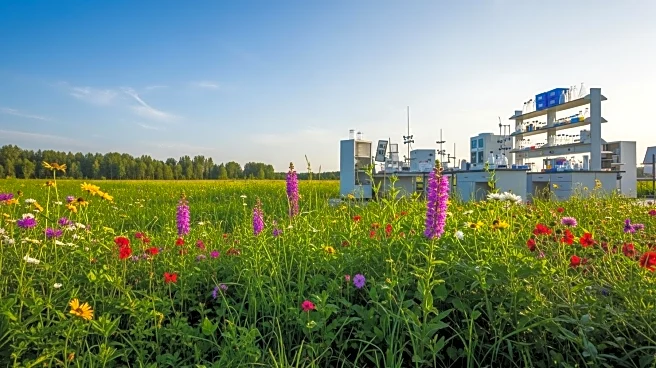What's Happening?
The Union Ministry of Agriculture and Farmers’ Welfare has proposed using savings from the economic cost of rice to fund crop diversification efforts. This initiative aims to shift cultivation from paddy to alternative crops, such as oilseeds, to enhance farmers' income and nutritional security while reducing reliance on imports. The proposal was discussed with state officials and scientists during a recent Rabi conference, highlighting the profitability advantage of rice and the need for incentives to encourage crop shifts.
Why It's Important?
The proposal to fund crop diversification from rice cost savings is significant for India's agricultural sector, which faces challenges related to resource conservation and import dependency. By promoting alternative crops, the initiative could improve farmers' income and contribute to food security. Additionally, reducing reliance on water-intensive rice cultivation could help address environmental concerns, such as groundwater depletion. This strategy aligns with broader efforts to modernize agriculture and support sustainable practices.
What's Next?
The Ministry's proposal may lead to policy changes and the implementation of incentives to support crop diversification. Stakeholders, including state governments and agricultural organizations, will likely engage in discussions to refine the strategy and ensure its effectiveness. The focus on quality seeds and machinery for alternative crops will be crucial in facilitating the transition. Monitoring the impact on food security and adjusting policies as needed will be essential to achieving the initiative's goals.
Beyond the Headlines
The emphasis on crop diversification also highlights the need for a balanced approach to agricultural development that considers economic, environmental, and social factors. As the initiative progresses, it may prompt further exploration of sustainable farming practices and innovations that enhance productivity while preserving natural resources. This could lead to long-term shifts in agricultural policy and contribute to a more resilient and diversified food system.










